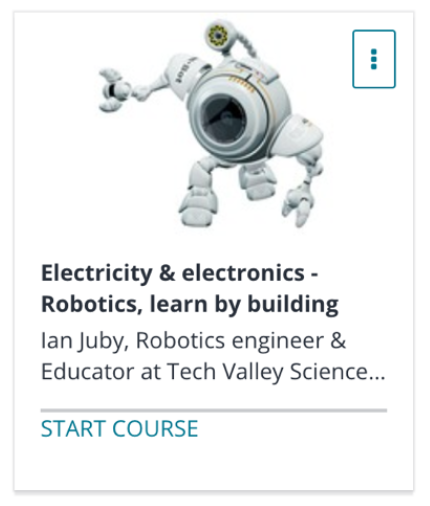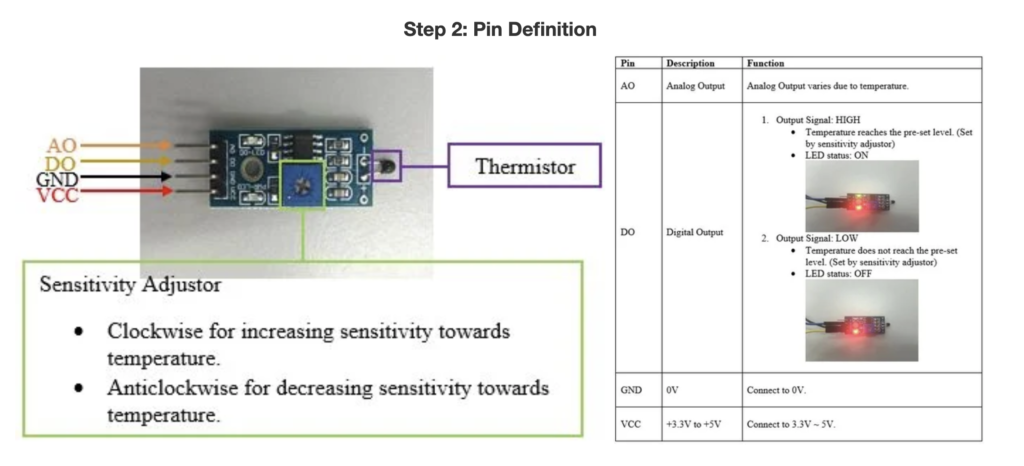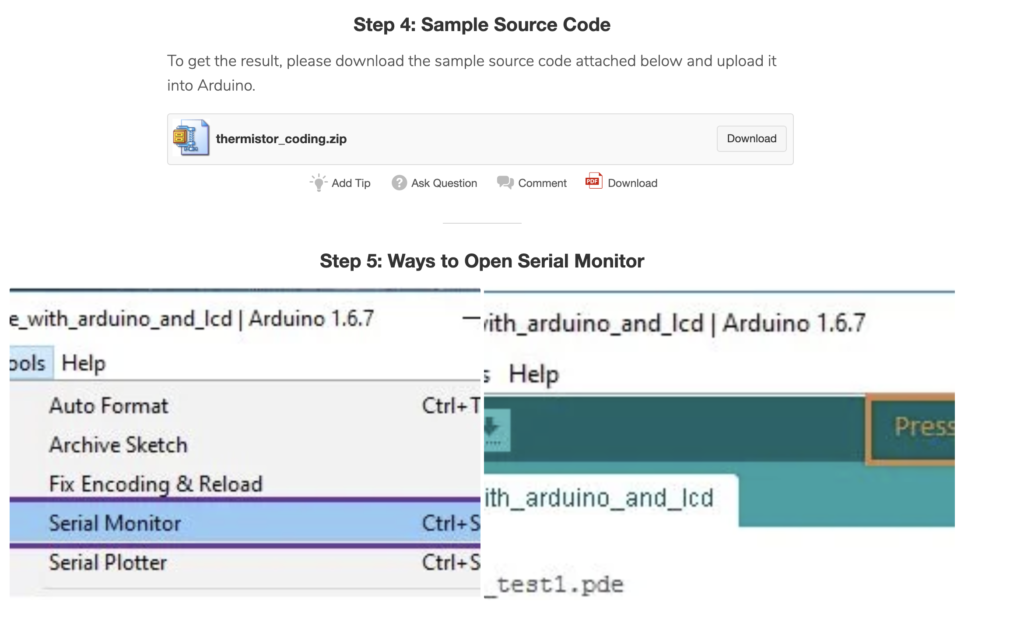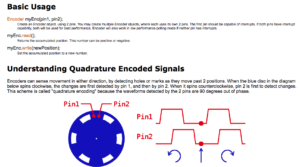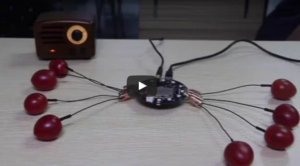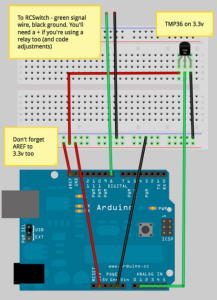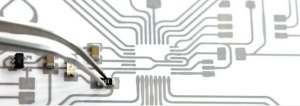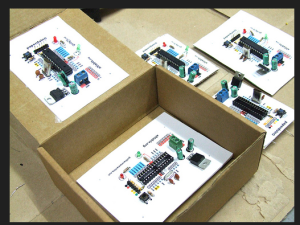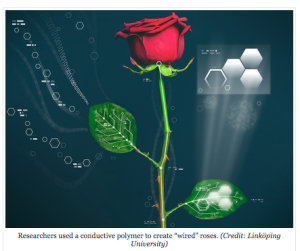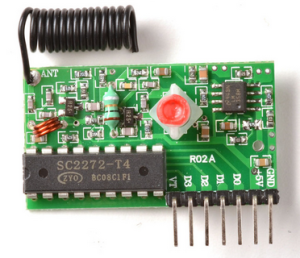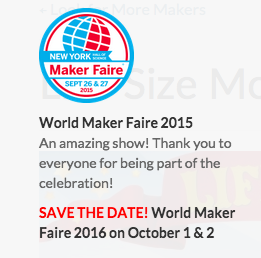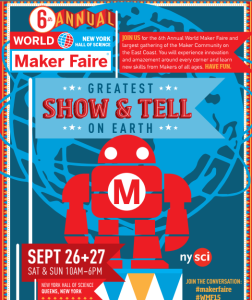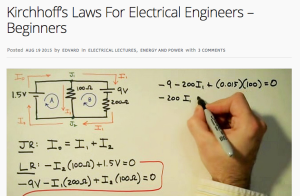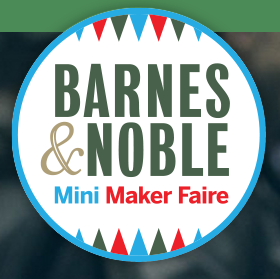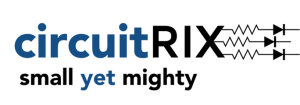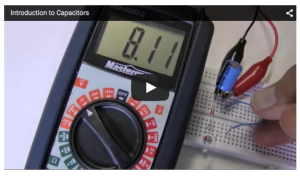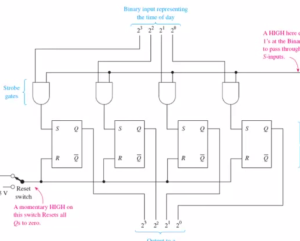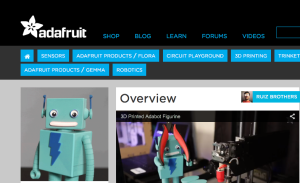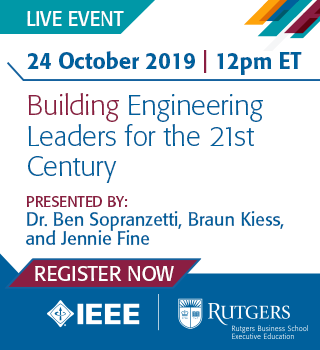
How do you identify emerging engineering leaders in your company?What do you do to help them learn the business skills they need to be successful in leadership roles?In order to lead effectively, your leaders need more than engineering skills. They need to work effectively with business groups across the organization. How do you make sure your next generation of leaders has these skills?You are invited to participate in a live complimentary IEEE webinar entitled, “Building Engineering Leaders in the 21st Century,” presented by Dr. Ben Sopranzetti, Braun Kiess, and Jennie Fine.“Building Engineering Leaders in the 21st Century” will:Show you how to bridge the gap between business and engineering as your team prepares for growth into management rolesOffer modern-day solutions, based on real world business and engineering best practices, that will allow for you to cultivate and grow your company’s emerging talent into a leadership roleInclude a live Q&A session with the presentersBrought to you by IEEE Educational Activities and Rutgers Business School Executive Education.PresentersBen J. SopranzettBen J. Sopranzetti is a Professor of Finance and Assistant Chairman of the Department of Finance and Economics at Rutgers Business School. He received his Ph.D. in finance from the University of Illinois at Urbana-Champaign in 1995. He has over 25 years of international experience in building, valuing, and selling business enterprises. He is an expert in the area of Business Valuation, Investment Banking, Private Equity, and Venture Capital. Sopranzetti is widely respected as a master teacher, and has an outstanding reputation for designing and delivering innovative programs for financial institutions and corporate clients. He is particularly well regarded for his cutting-edge work on valuation, mergers and acquisitions, private equity, cross-cultural negotiations and high-level executive training.Sopranzetti is the recipient of eighteen awards for excellence in teaching. He is a founding member of the Rutgers University Teaching Excellence Center.In 2008, he was honored by BusinessWeek as one of their 21 ""Favorite Professors."" Sopranzetti is the advisor for the Little Investment Bankers of Rutgers (LIBOR), and places 30-40 students per year in front office jobs on Wall Street. In the course of his career, he has been involved in the job placement of over 500 students.Sopranzetti serves on several corporate boards and is a highly regarded valuation consultant and trainer at numerous Wall Street investment banks, including Bank of America, Bank of China, Citibank, CFSB, Goldman Sachs, HSBC, JPMorgan, Morgan Stanley, Rothschild, UBS, and others.In 2000, he founded Innovative Financial Solutions, a boutique investment banking and advisory services firm in Beijing, China, where he served as a managing partner. He sourced, negotiated and closed 19 deals between $25MM and $500MM. In 2006, he was a co-founder of the BEST Institute (Business, Engineering, Science and Technology) at Rutgers University. Since 2009, he has started four companies, and is currently a senior partner at Partners2Market, a high-powered valuation and advisory services company.Braun C. KiessBraun C. Kiess is a successful financial executive, serial entrepreneur, educator and investor. With over 20 years of experience in a diverse range of industries, Kiess’ professional roles have included: Chief Executive Officer (CEO), Chief Financial Officer (CFO), Vice President of Sales & Marketing, and Director of Business Development. Kiess is currently the Co-founder and Chief Financial Officer of RST Automation LLC, the Co-founder and Chief Executive Officer of Pleasant Run Structures, the Founder and Chairman of Rainbow Direct, the Co-founder and Managing Director of Partners2Market LLC (D.B.A. Piermont Valuation Group) and the Co-founder and Managing Partner of Readington Brewery & Hop Farm. To date, Kiess has been a founder or investor in over a dozen start-up companies.Kiess sits on multiple corporate boards and teaches for Rutgers Business School at the undergraduate and graduate level. In addition to being a member of the Rutgers faculty, Kiess is a widely recognized expert on Financial Statement Analysis and Financial Strategy. He is a frequent instructor for Rutgers Business School’s Executive Education and Executive MBA programs.Kiess regularly consults to Fortune 500 companies and IP-based startups on valuation and has testified as an expert witness in forensic valuation and litigation support cases in federal court. Kiess and Sopranzetti are currently coauthoring a book on valuation. Kiess holds a Bachelors of Science degree in Finance (Summa Cum Laude) from Rutgers University and has Masters in Business Administration (MBA) degrees from both Columbia Business School and London Business School."Jennie FineEDP579_fine.jpg"Jennie Fine is the Program Manager for the Rutgers Business School Executive Education Program. Jennie is a seasoned learning and development project manager with substantial experience in all areas of instructional design, project management, and educational program development. She has expertise in adult learning and educational program management, both virtual and classroom based. Jennie has demonstrated success in training and assessment, learning systems, content development, communications, client services, organizational change management, new sales and customer retention, product implementation, usage building, and customer development. Jennie is a specialist at working with large teams of stakeholders to reach alignment and develop clear action plans.Jennie FineJennie Fine is the Program Manager for the Rutgers Business School Executive Education Program. Jennie is a seasoned learning and development project manager with substantial experience in all areas of instructional design, project management, and educational program development. She has expertise in adult learning and educational program management, both virtual and classroom based. Jennie has demonstrated success in training and assessment, learning systems, content development, communications, client services, organizational change management, new sales and customer retention, product implementation, usage building, and customer development. Jennie is a specialist at working with large teams of stakeholders to reach alignment and develop clear action plans.Publication Year: 2019
English (United States)


